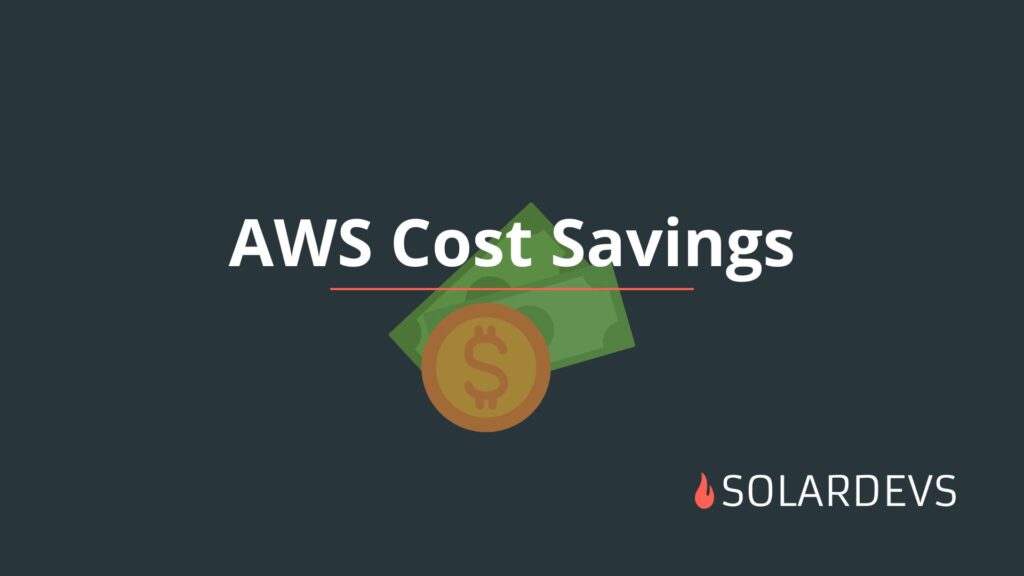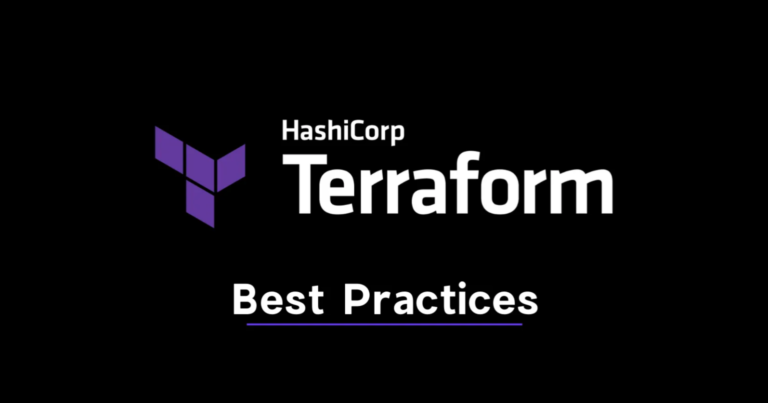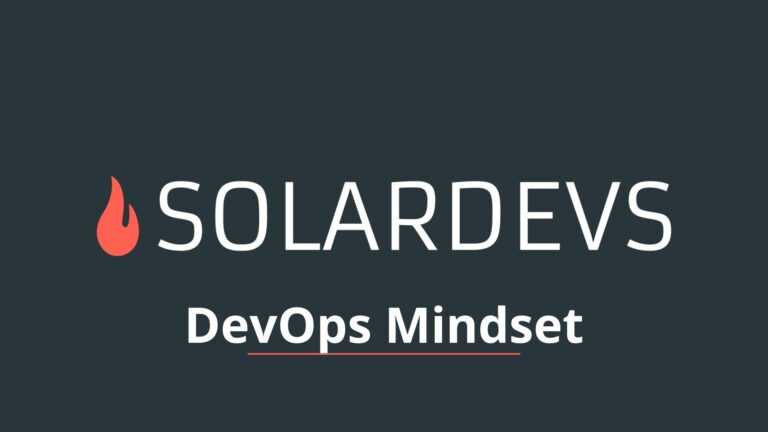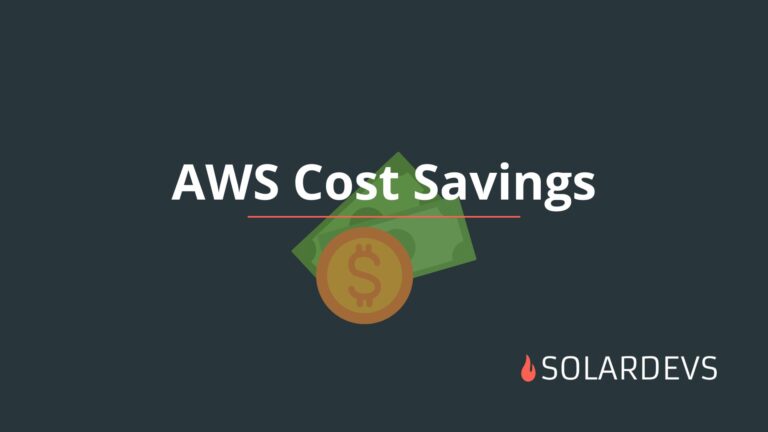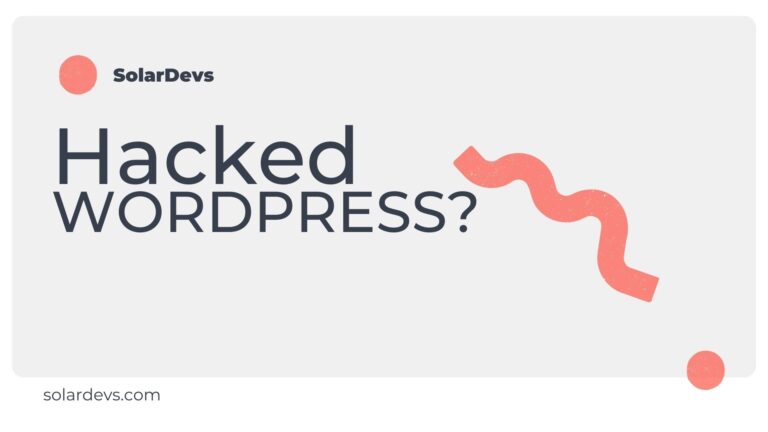In the world of cloud computing, Amazon Web Services (AWS) stands as a titan, providing a vast array of services to meet the diverse needs of businesses. While AWS offers unparalleled flexibility and scalability, it’s essential to keep a close eye on your expenses to ensure you’re not overpaying. This blog will guide you through multiple Cost Optimization Techniques and strategies to lower your AWS costs to help you get the most bang for your buck.
Here is the list with 10 Cost Optimization Techniques in AWS
1. Study Your Costs using AWS Cost Explorer
Before you can reduce AWS billing, you need to understand where your money is going. AWS Cost Explorer is your first stop. This tool offers an in-depth view of your AWS spending patterns, enabling you to track costs over time, analyze usage, and identify areas where you can cut unnecessary expenses.
2. Monitor Your EC2 Instances to reduce your costs
Amazon Elastic Compute Cloud (EC2) instances are the backbone of many AWS workloads. However, it’s easy to overprovision or underutilize these resources, leading to wasted money. To combat this, continually monitor your EC2 instances using AWS tools (AWS Trusted Advisor, AWS Cost Explorer) and third-party solutions. Rightsize instances by choosing the appropriate instance type and scaling vertically or horizontally as needed.
3. Make Use of Dynamic Scaling Resources
AWS offers services like Auto Scaling, which automatically adjusts the number of instances in a group based on your workload. This ensures that you only pay for the resources you need at any given time, reducing costs during periods of low demand.
4. Make Use of Reserved or Spot Instances
One of the most effective ways to reduce your AWS bill is by using Reserved Instances (RIs) and Spot Instances. RIs offer significant savings over On-Demand instances for stable workloads with predictable usage patterns. Spot Instances are even more cost-effective for fault-tolerant and flexible workloads, but they can be terminated with little notice.
5. Turn Instances On/Off via Instance Scheduler
Not all resources need to run 24/7. AWS Instance Scheduler allows you to automate the start and stop times of your EC2 instances and RDS databases based on a schedule. By turning off resources during periods of inactivity, you can save a substantial amount on your AWS bill.
6. Delete Idle Resources
Unused resources can accumulate over time, silently driving up your AWS bill. Regularly review your AWS environment and delete any idle resources, such as unattached EBS volumes, unused Elastic IPs, or abandoned EC2 instances. AWS Trusted Advisor can help identify such resources.
7. Choose Your Right S3 Storage Class
Amazon Simple Storage Service (S3) is a versatile and cost-effective storage solution, but you can further optimize costs by selecting the appropriate storage class for your data. Frequently accessed data should remain in the Standard class, while less frequently accessed data can be moved to cost-effective options like Standard-IA or One Zone-IA.
8. Move Infrequently Accessed S3 Files to Lower Storage Tiers
Utilize S3 Object Lifecycle policies to automatically transition objects to lower-cost storage tiers when they are infrequently accessed. For example, you can move objects from Standard-IA to Glacier for long-term archival, reducing storage costs.
9. Leverage AWS Cost Explorer and AWS Trusted Advisor
AWS provides native tools like Cost Explorer and Trusted Advisor to gain insights into your spending and receive personalized recommendations for cost savings. Use these tools regularly to stay informed about your AWS cost optimization opportunities.
10. Consider Hiring a Cloud Cost Optimization Services Provider
If you find managing AWS costs to be overwhelming or require specialized expertise, consider partnering with a Cloud Cost Optimization Services Provider. These experts can assess your AWS usage, implement cost-saving strategies, and continuously monitor and optimize your environment for maximum cost efficiency.
FAQ about Reduce AWS Bill
- How can I get started with AWS Pricing Optimization?
To get started, you should:
– Analyze your current AWS usage and costs.
– Identify areas where you can reduce costs.
– Implement cost-saving strategies, such as Reserved Instances, Spot Instances, or auto-scaling.
– Continuously monitor and adjust your AWS resources to optimize costs. - Can I automate AWS Pricing Optimization?
Yes, you can automate many aspects of AWS Pricing Optimization. AWS provides services like AWS Lambda, which can be used to trigger actions based on cost and usage metrics. You can set up automated scaling policies, cost-saving strategies, and alerts. - Is AWS Pricing Optimization a one-time effort, or an ongoing process?
AWS Pricing Optimization is an ongoing process. Cloud costs can change over time due to usage patterns, new services, and changes in your business requirements. Continuous monitoring and optimization are essential to maintain cost-efficiency.
In conclusion, AWS cost optimization is an ongoing process that requires vigilance and a strategic approach. By following these tips and regularly reviewing your AWS environment, you can reduce AWS bill without compromising performance or functionality. Whether you’re a startup or an enterprise, mastering AWS cost optimization is key to maximizing the benefits of cloud computing.

